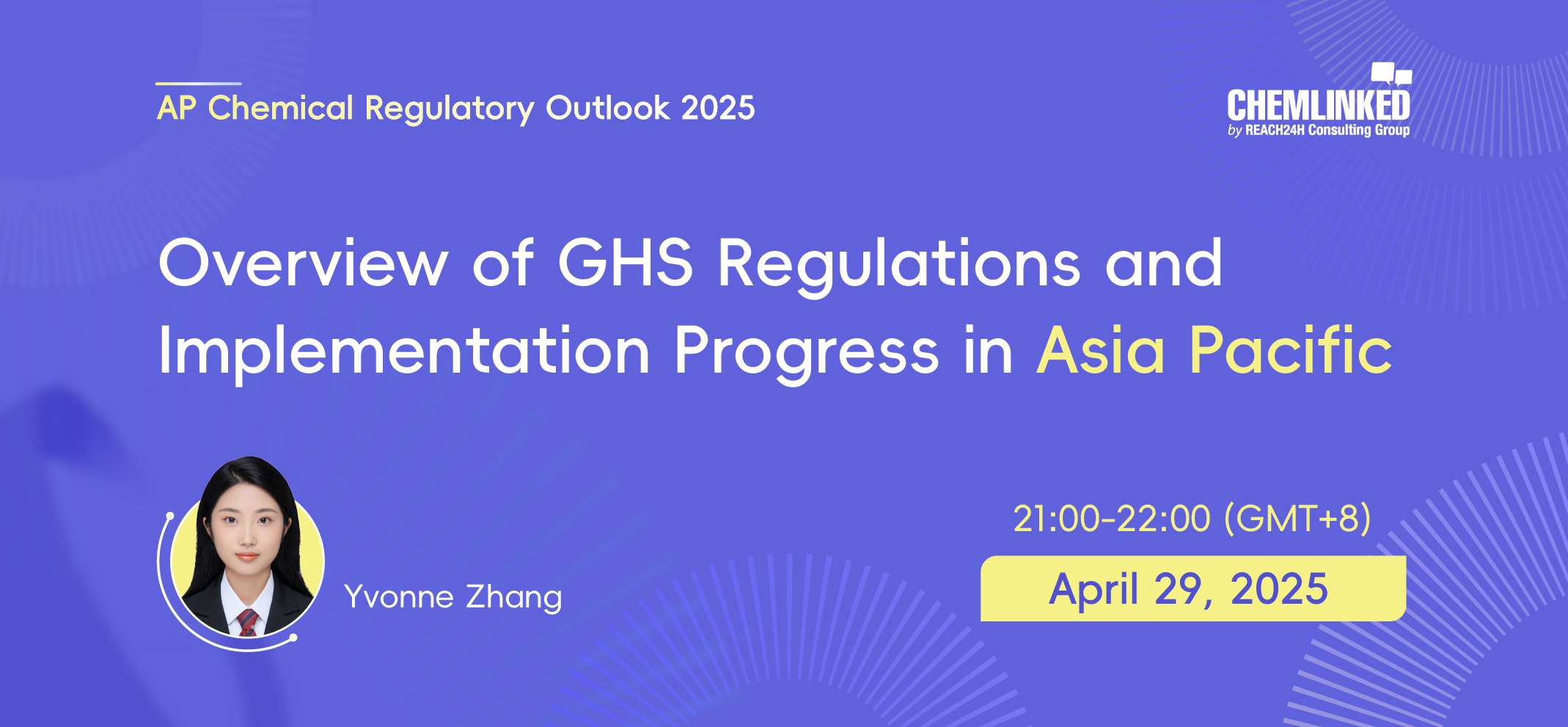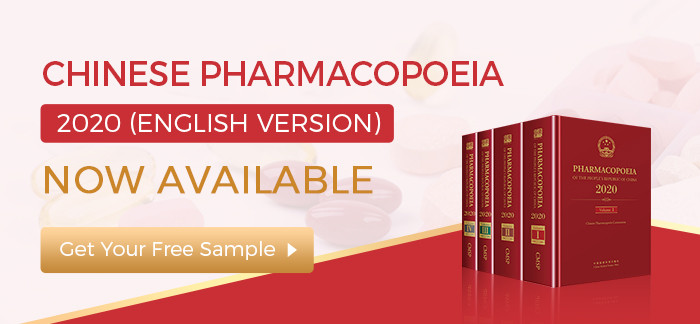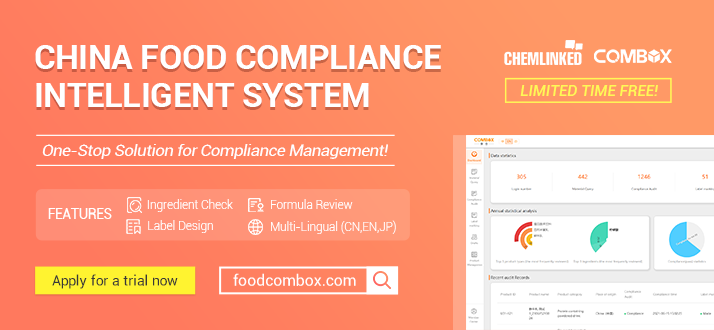Taiwan Region’s Existing Substance Standard Registration
Taiwan region’s current Regulation of New and Existing Chemical Substances Registration hereinafter referred to as ‘ the Regulation’, under the Toxic and Concerned Chemical Substances Control Act (TCCSCA) and the Regulation on New Chemical Substances Registration under the Occupational Safety and Health Act (OSHA) has been implemented for nearly 5 years. This regulation was initially developed on the basis of EU REACH(setting a pre-registration and standard registration for existing substances. This regulation has specific features compared to chemical management regulations in other regions.
The first batch of standard registration for existing substances subjected to standard registration was officially launched on January 1, 2020. In 2019, the year before official registration was launched, the competent authority successively introduced revised versions of the regulation. Regulation, draft registration guidance, supporting documents and tools such as information sharing platforms. Taiwan region’s Existing Substance Standard Registration 21
REACH24H is currently integrating various resources to assist companies in the preparation of the first batch of existing chemical substances subjected to standard registration, including data gap analysis, data acquisition plans, data purchasing, and joint registration communication, etc. REACH24H has years of experience providing compliance services and practical experience in chemical regulations, and also keeps close relations with competent authorities, associations and laboratories in Taiwan region, which can, in turn, provide strong technical support to companies to carry out chemical registration in Taiwan region.
Compliance Review
Regulations of New and Existing Chemical Substances Registration Was Revised and Published
On March 11, 2019, Taiwan Region’s EPA released the revised version of New and Existing Chemical Substances Registration Regulation. A total of 106 existing chemical substances were designated to submit the files for standard registration within 2 to 3 years, to effectively improve the grasp of the information on chemical substances which are widely used in domestic, with potentially high hazard and lack of data, and to strengthen the cross-departmental control of chemical substance risks.
The Regulation has added Annual reporting requirement that the new registrant should annually file quantity of chemical substances manufactured or entered in the last year during the period of April 1st to September 30th after the approval of registration in order to allow for the competent authority to obtain information on the actual tonnage and flow of chemical substances in the area. Other amendments include the submission of hazard assessment reports and exposure assessment reports for the manufacture or import of more than ten metric tons of a chemical; annual quantities that fall below 100kg may apply for registration voluntarily. The registration confidentiality period for small quantity registration of polymers of low concern increased to 5 years. Also, the registration certificate was replaced by a registration code and a provision was made for registrants to request a recheck of the registration results.
Guidance for Standard Registration of Designated Chemical Substances by Stages (draft) Was Promulgated
On March 18, 2019 Guidance for Standard Registration of Designated Chemical Substances by Stages (draft) was promulgated. The draft puts forward practical suggestions on how to proceed with existing chemical standard registrations, including the registration obligations, data requirements, normative recommendations on registration data and joint registration procedures which mainly fall under the provisions of Toxic and Concerned Chemical Substances Control ACT (TCCSCA) implemented by Taiwan Region’s EPA as well as the New and Existing Chemical Substances Registration Regulation, so as to assist registrants in complying with their registration obligations.
Extension of Supplementation Period
Beginning from July 2, 2019, when the New Chemical Substance Registration or polymers of low concern (PLC) prior verification application requires to be supplemented or corrected if the Supplementation cannot be completed within the time limit due to scientific or technical reasons, then the term to make such correction or to provide the supplementary information may be extended after approval by the competent authority. Currently, these functions can be operated on the platform to allow companies more freedom and flexibility when preparing their applications.

Launching of Joint Registration Communication Platform
On September 5, 2019, the existing chemical substance joint registration communication platform was officially launched. This platform will play an important role as it provides a daily communication and data sharing channel for potential registrants. Registrants or agents can share their contact information and interest after they have joined the communication group. Since the joint registration of existing chemical substances is not mandatory, the communication platform can only be used to share contact information and interest in achieving a joint registration but does not allow for any further discussion, negotiation, or commercial operation among users.
The Second Draft of Guidance for Standard Registration of Designated Chemical Substances by Stages Was Promulgated
On September 30, 2019, the Guidance on The Registration of Existing Chemical Substances by Stages(Draft) which is the draft guidelines on standard registration of existing chemical substances, as amended and published. Compared to the version initially drafted in March, the requirements and supported data are more detailed. In addition, there is an increased acceptance of non-test methods and test plans. For example, in the ecotoxicology section, the acceptance of test plan has been increased from only 6 endpoints in the March version to 11 endpoints in the September guidance document. Although the Guidance has updated to the second version, it is still a draft version. As indicated by the official calendar, the official documents will be published before the existing chemical standard registration come into force.




